
A phase 2/3 trial found that patients with low-grade serous ovarian cancer treated with trametinib had improved survival over the standard of care.

Your AI-Trained Oncology Knowledge Connection!


A phase 2/3 trial found that patients with low-grade serous ovarian cancer treated with trametinib had improved survival over the standard of care.
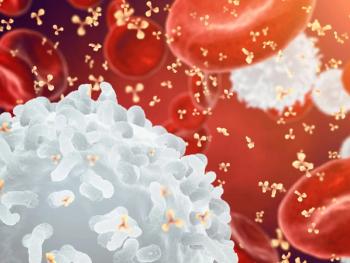
A substudy of the European‐Myeloma-Network‐02/Hovon‐95 trial suggests flow cytometry–based monitoring of minimal residual disease is effective for longitudinal evaluation of responses in patients with multiple myeloma.
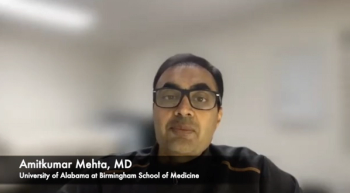
Amitkumar Mehta, MD, detailed encouraging data presented at the 63rd ASH Annual Meeting for treating mantle cell lymphoma.

Treatment with trifluridine/tipiracil plus bevacizumab trended towards favorability despite not demonstrating statistically significant superiority in patients with metastatic colorectal cancer.

Patients with metastatic castration-resistant prostate cancer treated with apalutamide and prednisone experienced a better radiographic progression-free survival vs an active and established comparator regimen.
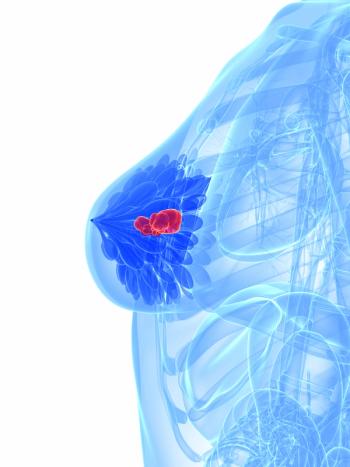
Treatment with an aromatase inhibitor appears to reduce the risk of breast cancer recurrence in patients who are premenopausal and undergoing ovarian suppression vs tamoxifen.

The phase 2 PERMEATE trial yielded positive results in the combination of pyrotinib plus capecitabine in patients with HER2-positive breast cancer and brain metastases.
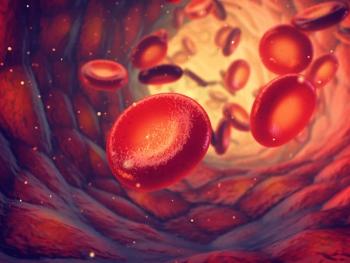
Patients with chronic lymphocytic leukemia experienced functional T cell and antibody responses after receiving a vaccine for COVID-19, according to a prospective study.

Pembrolizumab for patients with persistent, recurrent, or metastatic cervical cancer who received chemotherapy with or without bevacizumab had longer progression-free and overall survival vs placebo-treated patients.
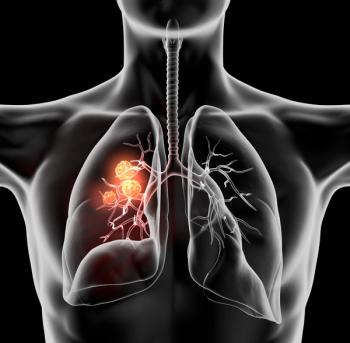
In patients with completely resected non–small cell lung cancer with mediastinal N2 involvement, postoperative radiotherapy was not associated with an increase in disease-free survival.

Safety findings from the phase 1 ASPEN-01 trial support the use of evorpacept with or without pembrolizumab or trastuzumab for patients with advanced solid tumors.

Treatment with armodafinil did not result in a significant difference in cancer-related fatigue between treatment arms for patients with high-grade glioma.

The phase 3 SIENDO trial, examining the use of frontline maintenance selinexor after combination chemotherapy in patients with advanced or recurrent endometrial cancer, met its primary end point of a statistically significant improvement in progression-free survival.
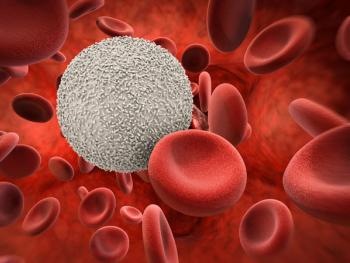
Research from a 2-part, phase 2 trial found that ibrutinib and rituximab followed by hyper-fractionated cyclophosphamide, vincristine, doxorubicin, and dexamethasone produced positive response data and a manageable safety profile for younger patients with mantle cell lymphoma.
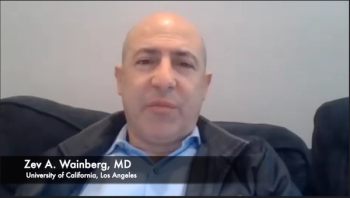
Zev A. Wainberg, MD, discusses future research efforts for the treatment of patients with advanced gastric cancer.

Consolidation therapy with bortezomib, lenalidomide, and dexamethasone plus lenalidomide maintenance improved progression-free survival in patients with newly diagnosed multiple myeloma.

PDS Biotechnology Corporation announced that the combination of PDS0101 and pembrolizumab achieved preliminary response efficacy for patients with advanced human papillomavirus–associated head and neck cancer.
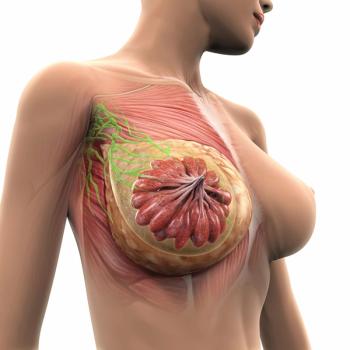
Patients with HER2-positive breast cancer who were treated with trastuzumab deruxtecan experienced favorable activity and reduction or loss of HER2 expression.

A cohort study found that immune-mediated diseases were associated with a higher increased risk of total cancer, and organ-specific immune-mediated diseases were more strongly associated with local cancers than extra-local cancers.
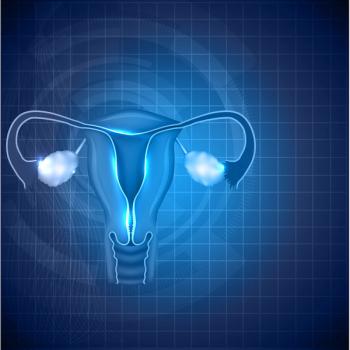
Researchers prospectively analyzed the effect of implementing systemic outpatient identification on initiating goals of care conversations for high-risk patients with gynecologic cancers.

Alicia Morgans, MD, discusses genomic testing and use of PARP inhibitors for metastatic castration-resistant prostate cancer.

Ghassan K. Abou-Alfa, MD, detailed the evolution of treatment options for unresectable hepatocellular carcinoma prior to the phase 3 HIMALAYA study and the reasons for launching the trial.

Patients with PD-1/PD-L1–refractory metastatic non–small cell lung cancer did not achieve additional benefit when radiotherapy was added to durvalumab and tremelimumab.

John Kirkwood, MD, PhD, discusses the use of immunotherapy as a treatment option for melanoma, including ctDNA, and how to properly monitor responses.

In recognition of World Cancer Day, Daniel Vorobiof, MD, touched on the use of Belong.life, a patient-centric social and professional network, in collecting real-world data and providing patients with additional resources, and highlighted several real-world data studies that were conducted with the application’s data.
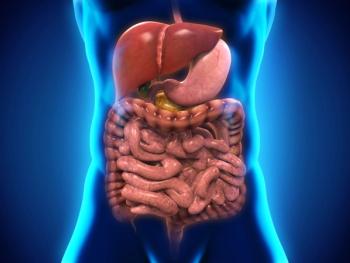
According to a study conducted at a single cancer center in Southern Maryland, patients who survived breast or prostate cancer were less likely to receive a colorectal cancer screening.

The 2021 United States Preventive Services Task Force lung cancer screening criteria changes successfully reduced racial disparities in eligibility by broadening screening eligibility criteria.

In recognition of World Cancer Day, CancerNetwork® spotlights NCCN efforts to reduce disparities in cervical cancer.

For World Cancer Day, CancerNetwork® reviews key highlights from the Cancer Facts & Figures 2022 report from the American Cancer Society, with updates in cancer incidence, mortality, and survival across patient subgroups.

Experts explored existing data to create a universal definition of integrative oncology, in tandem with feedback from Society of Integrative Oncology, to better explains what the term means.